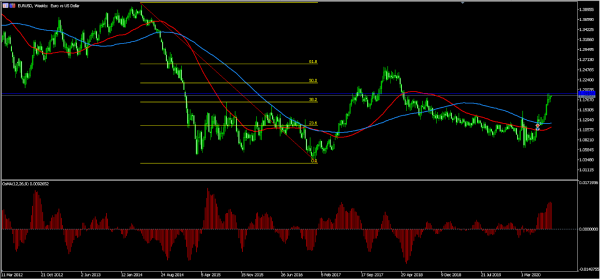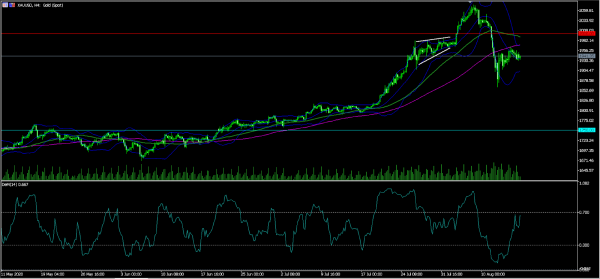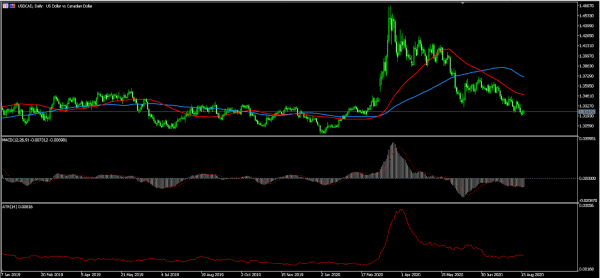The Japanese yen was little changed after the Japanese statistics office released the second preliminary GDP data. The numbers showed that the country’s economy contracted by 27.8% in the second quarter after dropping by 2.2% in the first quarter. This contraction was worse than the expected 27.2% but better than the US contraction of 32.9%. On a QoQ basis, the economy contracted by 7.8%, which was worse than the Q1 contraction of 0.6%. This contraction was mostly because of private consumption, which dropped by 8.2% and external demand that dropped by 3%.
The US dollar was little changed during the Asian session as traders reacted to the US retail sales numbers that were released on Friday. According to the statistics bureau, the headline retail sales rose by 2.74% on a year-on-year basis and by 1.2% on a month-on-month basis. Other data showed that industrial production declined by 8.18% while manufacturing production increased by 3.4%. A survey by Michigan University showed that consumer sentiment rose to 72.8 while current conditions dropped from 82.8 to 82.5.
Looking ahead, the economic calendar will be relatively calm today. From the United States, we will receive the New York Empire State manufacturing index, which measures the activities of manufacturing activities in the city. Analysts expect the data to show that the index declined from the previous 17.20 to 15.0. The National Association of Home Builders will release the housing market index, which is expected to show an improvement from 72 to 73. Other important numbers will be Japan’s industrial production data and Canadian foreign securities purchases.
EUR/USD
The EUR/USD pair rose slightly to an intraday high of 1.1866, which is the highest level since Thursday. The weekly chart shows that the price is slightly above the 38.2% Fibonacci retracement level. This retracement is drawn by connecting the highest level in 2014 and the lowest level in 2017. The price is also above the 50-day and 100-day EMAs. Also, the pair has been in the green in the past seven consecutive days. Therefore, the price is likely to continue rising as bulls target the next resistance level at 1.2000.
XAU/USD
The XAU/USD pair was little changed during the Asian session. The pair is trading in 1941, which is in the same range it has been since Thursday. On the four-hour chart, the price is below the 50-day and 100-day exponential moving averages. Also, it is significantly below this month’s high of 2075 and is along the middle line of the Bollinger Bands. Although the outlook for the pair is neutral, the key levels to watch are the resistance at $2,000 and the support at yesterday’s low of 1,860.
USD/CAD
The USD/CAD pair is little changed at 1.3247, which is a substantial decline from this year’s high of 1.4670. On the daily chart, this price is below the 50-day and 100-day exponential moving averages. The signal and main line of the MACD are below the neutral level while the Average True Range (ATR) is at the lowest level since February. With no major news scheduled from Canada, the pair is likely to remain at the current level.

















